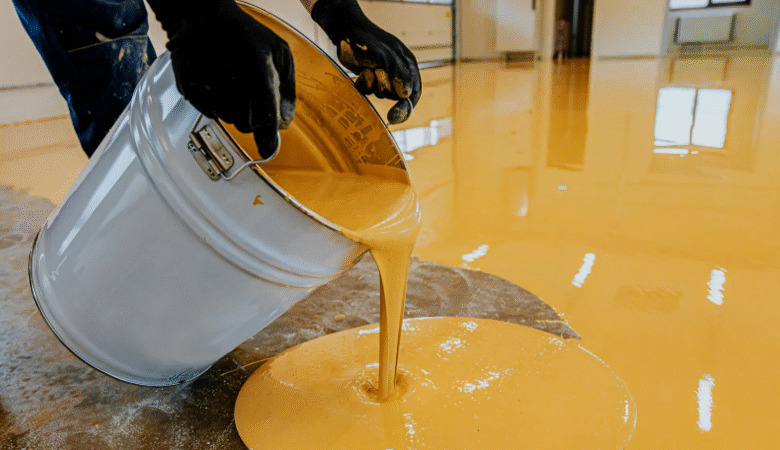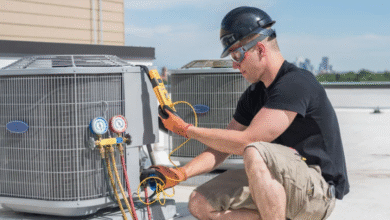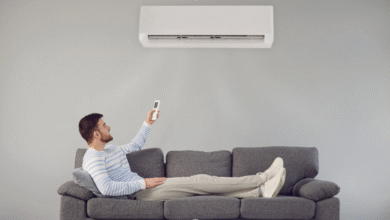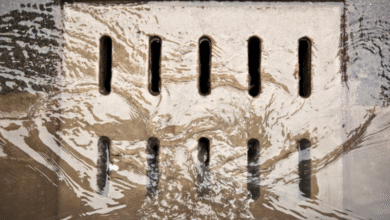The Science Behind Epoxy Flooring: Strength & Longevity

Garage floors endure daily punishment, vehicle weight, tool drops, chemical spills, and fluctuating temperatures. These conditions demand a surface that’s more than just tough; it must be engineered for long-term resilience. That’s where garage floor coating technologies, particularly epoxy-based systems, stand apart. Their strength isn’t accidental; it’s the result of advanced chemistry, proper application methods, and tailored formulations designed for industrial-grade performance in residential environments.
The Molecular Structure That Sets Epoxy Apart
Epoxy coatings are formed through a chemical reaction between resin and hardener. This reaction results in a thermosetting polymer, meaning it cures into a solid, inflexible surface that doesn’t melt or degrade under heat. Once applied, this tightly cross-linked structure creates a strong, adhesive bond to the concrete beneath. Unlike simple sealers or paints, epoxy doesn’t just sit on top; it integrates into the pores of the concrete, locking in durability from the ground up.
The coating also becomes chemically resistant due to this structure. Epoxy can withstand oil, gasoline, transmission fluids, and even acidic substances without breaking down. This makes it an ideal solution for garages where spills are common and mechanical work is routine.
Compressive Strength and Load-Bearing Capacity
In addition to chemical resistance, epoxy coatings boast high compressive strength. This means they can bear the weight of vehicles, equipment, and constant foot traffic without cracking or wearing away. Whether you’re parking a full-size truck or stacking heavy tool chests, a properly applied epoxy floor will distribute weight evenly and absorb pressure without surface failure.
Examining the differences in metallic epoxy floors vs. flake floors helps illustrate how various epoxy systems are optimized for strength and aesthetics. While both provide the same base durability, their surface finishes and layering techniques vary depending on usage needs. Flake floors tend to offer better traction and scratch resistance, while metallic finishes enhance appearance with swirling patterns without compromising load tolerance.
See also: Understanding Home Disinfection Services
Built for Demanding Environments
Although epoxy floors are widely used in residential garages, the same technology supports commercial and industrial spaces. The demands of warehouses, showrooms, and service bays are similar to garage environments but on a larger scale, so the crossover makes sense. The widespread adoption of garage floor epoxy for commercial spaces demonstrates the material’s ability to stand up to forklifts, high traffic volumes, and chemical exposure, conditions that far exceed what a home garage typically faces.
This scalability proves that epoxy coatings aren’t just decorative, they’re performance-driven. Their consistent use in tough settings reflects real-world validation of their strength, longevity, and cost-effectiveness over time.
Conclusion
The strength of epoxy garage flooring isn’t just marketing hype; it’s backed by chemistry, engineering, and field performance. From its molecular structure to its ability to handle intense pressure and exposure, epoxy stands in a category of its own. While many coatings can temporarily improve a floor’s appearance, epoxy delivers lasting structural integrity.
Whether you’re upgrading for durability, safety, or longevity, epoxy coatings bring science-backed performance into everyday garage environments. For homeowners seeking a flooring solution that’s both beautiful and built to last, epoxy remains unmatched in strength and reliability.




